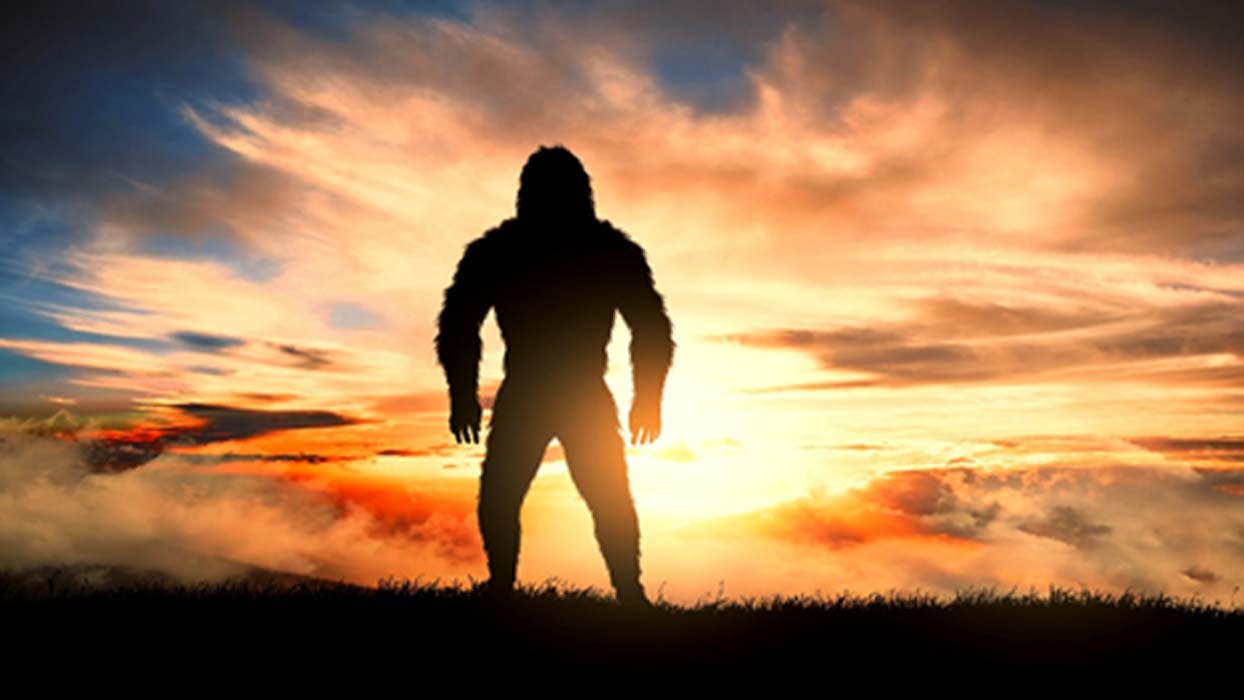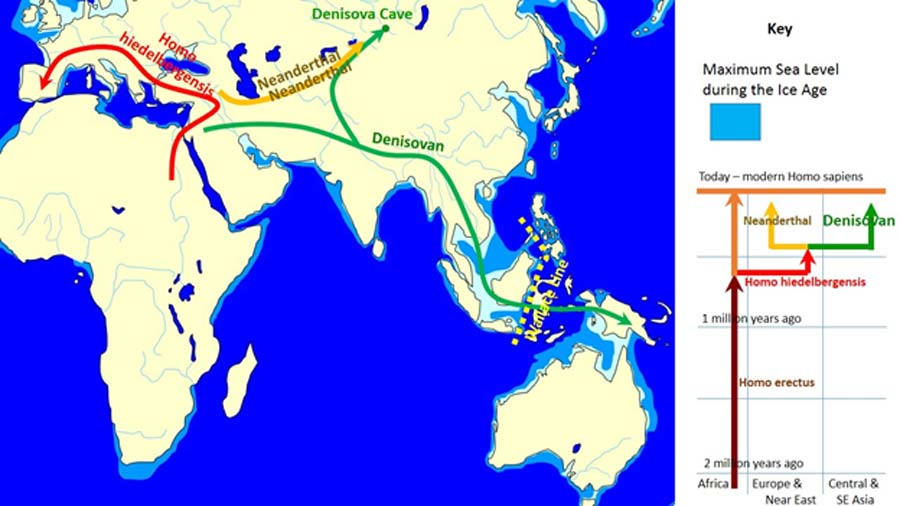
On the Shoulders of Giants, Our Denisovan Ancestors
In 2010, the traditional theory of who we are and where we came from got knocked on its head. It was an exciting year. It was an exasperating year. It was a frustrating year. And it was a breathtaking time, all at once. But it was only the beginning. There is a common saying in scientific circles that ‘uncommon claims demand uncommon proof’. So, when a brand new human species that no one knew about was discovered, people awaited some pretty serious evidence.

Spread and Evolution of Denisovans (CC BY-SA 3.0)
Modern Skepticism Revisited
I have a confession to make. I was no different than anyone else. I was skeptical. Shortly after this time I was just beginning to do research for a book which would later turn out to be called Ancient Gods: Lost Histories, Hidden Truths and the Conspiracy of Silence. Reading a book that one has published some years ago, is like stepping into a time capsule. I like to think I am pretty open-minded and receptive to new research, but when I read what I wrote back then it makes me shudder. In a passage fairly dripping with disdain I wrote these words:
“In March of 2010 an announcement about a discovery of a new human species from Siberia called Denisovan Hominin took the scientific community by storm. These ancient folks lived about 41,000 years ago and were contemporaries with both Neanderthals and so-called ‘modern’ humans. As a matter of fact, bones from all three species were discovered in the same cave. Scientists were able to tease out some mitochondrial DNA samples and determined that the new species shared a common ancestor with Neanderthals and may have interbred with ancestors of modern humans. As a matter of fact, between three to five per cent of Aboriginal Australians also carried their DNA and there is evidence that as long as 400,000 years ago, Denisovans were mating with Homo Heidelbergensis all the way over in Spain at a time when only Neanderthals were thought to have lived there.

Finger Phalanx (replica) discovered in Denisova Cave in 2008, Museum of Natural Sciences in Brussels, Belgium. (Thilo Parg / CC BY-SA 3.0)
The world of anthropology was thrilled and magazines galore carried the news. But how much evidence had archaeologists uncovered to deduce this earth-shaking find? One finger bone!
Let us not disparage the science of anthropological DNA studies. It produces amazing results. But one finger bone does not exactly a fully-packed theory make. The headlines, easily read and digested, looked great. NEW ANCESTRAL HUMAN SPECIES! But it is not a very convincing hypothesis once we dig in, read the small print and uncover what a miniscule sample they are getting excited about.
This story took a new twist in November of 2015, when Carl Zimmer, writing an article for the New York Times, (‘In a tooth, DNA from some very old cousins, the Denisovans’) revealed that new DNA evidence, discovered in a tooth found in a Siberian cave, pushed back the accepted dates another 60,000 years. Now we have both a finger bone and a tooth. To quote Todd Disotell, a molecular anthropologist at New York University: "our species kept company with many near relatives over the past million years. The world was a lot like Middle-earth. There you have got elves and dwarves and hobbits and orcs.” He continued. On the real earth: “we had a ton of hominins that are closely related to us.” A tooth and a finger bone, and now we have got Middle Earth revisited. Obviously, there is a lot more work to do before we set our ancient ancestors’ history in doctrinal stone”.




